The Magnificent Leopard Seal: A Comprehensive Guide
Often called the “leopard” of the Southern Ocean because of its strikingly patterned coat, the leopard seal (Hydrurga leptonyx) is a formidable predator and a fascinating marine mammal. More than just a beautiful animal, the leopard seal plays a crucial role in the Antarctic ecosystem and holds a unique place in natural history and human encounters. This guide explores all aspects of leopard seal biology, behavior, and interactions, providing insights for students, animal enthusiasts, and anyone curious about this apex predator.
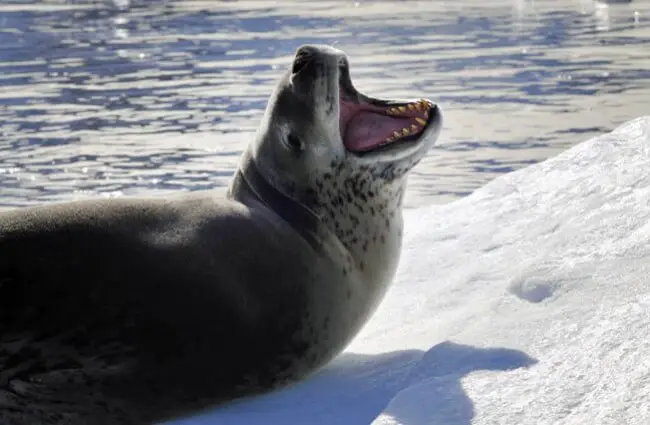
Basic Biology and Physical Characteristics
Leopard seals are large pinnipeds that show a pronounced size difference between sexes. Males typically reach lengths of 3.5 meters (11.5 feet) and weigh up to 300 kilograms (660 pounds), while females are slightly smaller, averaging 3 meters (10 feet) and 220 kilograms (485 pounds). Their most distinctive feature is, of course, their leopard-like coat—a countershaded pattern of dark dorsal markings over a lighter, silvery ventral side. This camouflage aids them in both hunting and avoiding detection. The coat consists of thick fur that provides crucial insulation against the frigid Antarctic waters. They possess large eyes adapted for low‑light conditions, sharp teeth for seizing prey, and powerful forelimbs that enable efficient swimming and maneuvering.
Habitat and Distribution
Leopard seals are primarily found in the Antarctic and sub‑Antarctic regions. Their range encompasses the icy waters surrounding Antarctica, as well as islands such as South Georgia, the South Sandwich Islands, and the Kerguelen Islands. They prefer areas with fast ice—sea ice that is firmly attached to the shoreline—which they use as platforms for hunting, resting, and breeding. While they are mostly Antarctic residents, leopard seals occasionally venture further north, with sightings reported as far as Australia, New Zealand, and even South America. These excursions are typically undertaken by younger animals exploring new territories or following prey migrations.
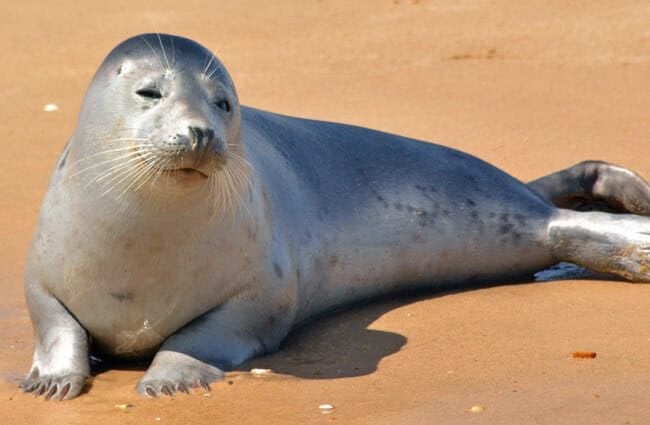
Diet and Hunting Strategies
Leopard seals are apex predators at the top of the Antarctic food web. Their diet is remarkably diverse, consisting primarily of krill, fish, and squid, but they are also well known for hunting penguins. They can ambush penguins both in the water and on the ice, and they are noted for skilfully removing feathers before consuming their prey. Beyond penguins, they prey on other seals, particularly crabeater seals, and occasionally on seabirds. Their hunting strategy combines stealth, speed, and powerful jaws. They often lie in wait near breathing holes in the ice, ambushing unsuspecting prey. Leopard seals are efficient hunters and can consume large quantities of food when it is available.
Reproduction and Life Cycle
The leopard seal breeding season typically occurs between November and March. Males establish territories on fast ice and compete for access to females. After a gestation period of around 11 months, females give birth to a single pup, usually weighing about 30 kilograms (66 pounds). Pups are nursed for roughly two months, during which they gain weight rapidly. The mother fiercely protects her pup and will defend it vigorously against any perceived threat. Young leopard seals typically reach sexual maturity between three and five years of age. Their lifespan is estimated to be 25 to 30 years, although accurate aging in the wild is challenging.
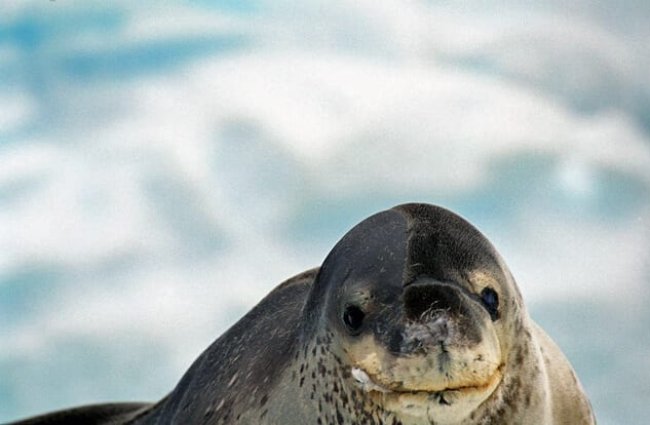
Ecological Role and Interactions with Other Animals
Leopard seals play a vital role in maintaining the balance of the Antarctic ecosystem. As apex predators, they help regulate populations of penguins, krill, and other marine species. Their predation on penguins, while dramatic, is a natural part of the ecosystem and helps prevent overpopulation. They also prey on other seal species, notably crabeater seals, and may exhibit brief interactions with other seals, though evidence of cooperative behavior is limited. Occasionally, orcas may prey on young or weakened leopard seals, but such events are rare. Leopard seals also contribute to nutrient cycling; their waste products help sustain the overall health of the marine environment.
Leopard Seals and Humans: History and Current Interactions
Historically, leopard seals were targeted by sealers during the 19th and early 20th centuries for their blubber and skins, which caused significant population declines. International regulations and conservation efforts have since helped protect them. Today, leopard seals are primarily studied by researchers who monitor their populations, track their movements, and investigate their behavior. While generally not aggressive toward humans, leopard seals are powerful animals and should be approached with caution. There have been a few documented cases of leopard seals biting researchers, typically when the seals felt threatened or were defending their pups. Maintaining a safe distance and avoiding any actions that could be perceived as threatening is essential.
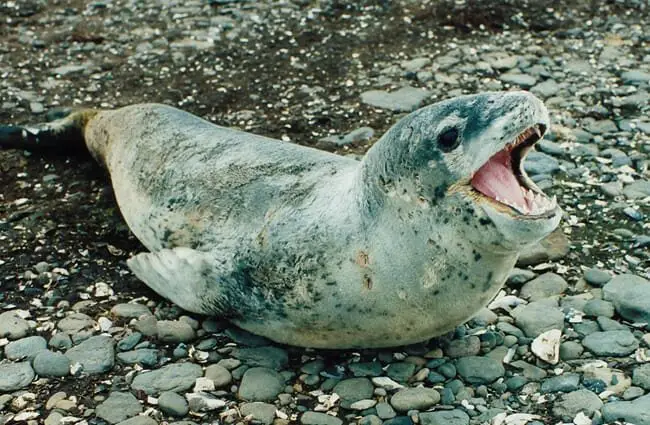
Encountering a Leopard Seal in the Wild: Safety Guidelines
If you encounter a leopard seal while on the ice or in the water, it is important to remain calm and follow these guidelines:
- Maintain a distance of at least 30 meters (100 feet).
- Avoid direct eye contact, as this can be perceived as a threat.
- Do not approach the seal, especially if it has a pup nearby.
- If the seal approaches you, slowly back away and create distance.
- Never attempt to feed or touch the seal.
- Report any aggressive behavior to local authorities or research stations.
Caring for Leopard Seals in Captivity
Caring for leopard seals in captivity presents unique challenges. They require spacious enclosures with large pools of cold, clean water and land areas for resting and socializing. Their diet should include a variety of fish, squid, and krill, supplemented with vitamins and minerals. Enrichment activities—such as puzzle feeders and interactive toys—are essential to stimulate their minds and prevent boredom. Zookeepers must also be vigilant about maintaining water quality and monitoring the seals for signs of illness or stress. Providing regular veterinary care, including checkups and vaccinations, is crucial for ensuring their health and well‑being. Observing their behavior closely helps ensure the animal thrives in its captive environment.
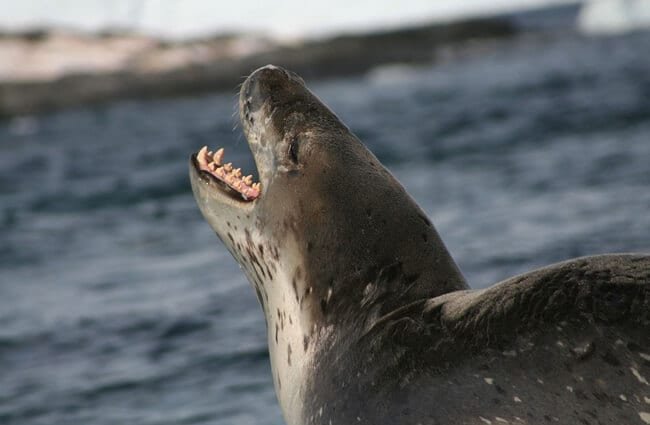
Intriguing Facts About Leopard Seals
- Leopard seals can hold their breath for over 20 minutes.
- They are capable of diving to depths of over 600 meters (2000 feet).
- Their teeth are not used for chewing but for gripping and tearing prey.
- They have a thick layer of blubber that provides insulation and energy storage.
- They are remarkably agile in the water, capable of executing complex maneuvers.
- Some individuals have been observed “juggling” stones or other objects on their noses, possibly as a form of play or enrichment.
- They can travel long distances; some individuals have migrated thousands of kilometers.
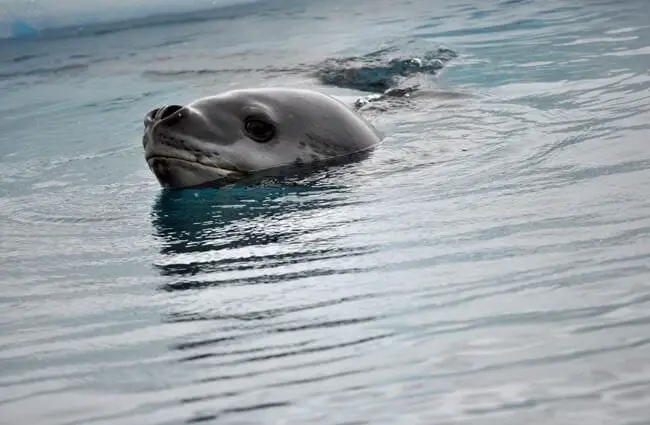
Conclusion
The leopard seal is a truly remarkable creature, a testament to the power and beauty of the Antarctic ecosystem. Its unique adaptations, fascinating behavior, and crucial role in the food web make it a compelling subject of study and conservation. By understanding and appreciating these magnificent animals, we can contribute to their protection and ensure their survival for generations to come.

![Red Angus Closeup of a beautiful Red Angus cowPhoto by: U.S. Department of Agriculture [pubic domain]https://creativecommons.org/licenses/by/2.0/](https://animals.net/wp-content/uploads/2020/03/Red-Angus-4-238x178.jpg)
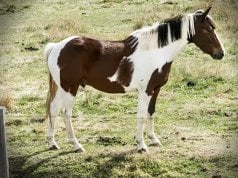
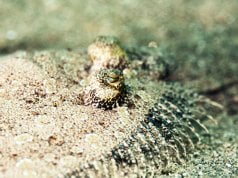
![Red Angus Closeup of a beautiful Red Angus cowPhoto by: U.S. Department of Agriculture [pubic domain]https://creativecommons.org/licenses/by/2.0/](https://animals.net/wp-content/uploads/2020/03/Red-Angus-4-100x75.jpg)

